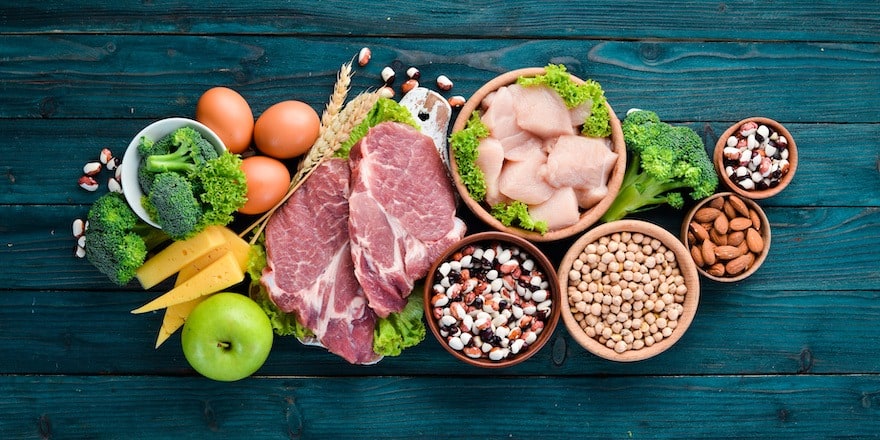Description and role of proteins in the body
Proteins are macronutrients that contribute to the body’s energy supply needs. As basic components of cells, they are among the seven essential elements of our diet: lipids, carbohydrates, trace elements, vitamins, minerals, and water.
Proteins are formed by amino acids. These acids are assembled in chains and linked to each other by peptide bonds. In total, twenty amino acids are involved in the composition of proteins. Nine of these amino acids are not synthesized by the body: these are the essential amino acids. Their supply is assured by food.

Proteins perform multiple biological functions. In addition to their energy role, they are involved in numerous organic operations. They are structural elements of cells such as muscle, skin, and blood cells… They are part of the composition of hormones, enzymes, or antibodies.
The protein requirements vary according to the individual’s stages of development. To ensure regular intake, it is important to adopt a balanced diet. One distinguishes animal proteins, provided by meat, fish, eggs, and dairy products, from plant proteins, provided by cereal products.
Animal proteins are complete as they contain all amino acids. Plant proteins, on the other hand, are incomplete. To optimize the intake of the latter, it is necessary to supplement them.
Discovered in 1835 by Dutch chemist Gerardus Johannes Mulder, their properties have gradually come to light. The etymology of the word protein comes from the Greek term protos, meaning primary/essential, a reminder that proteins are indispensable to human life.
ALSO READ Whey Protein: A Nutritionist’s Buying Guide
The functions of proteins
It is not easy to summarize the functions carried out by proteins, as they are numerous. Here is a list of their main bodily functions:
- Energy role: essential macronutrients, they provide an energy intake of about 4 kCal/100g
- Structural role: they participate in the construction and renewal of the cells of all organs (40% of proteins are used by muscles)
- Regulation role through hormones (insulin, glucagon)
- Role in cellular transport (role of hemoglobin, neurotransmitters, membrane receptors)
- Motor role: molecules such as myosin or actin act on muscle contraction
- Catalyst role (digestive enzymes). A catalyst accelerates the speed of execution of a chemical reaction
- Role of defense of the organism (production of antibodies, fibrinogens)
- Storage role: they form a reserve of amino acids to synthesize new proteins
Symptoms of protein deficiency
Protein deficiencies are quite rare in Western countries, where the trend is rather towards excessive consumption. However, impoverished individuals, elderly or hospitalized people may suffer from malnutrition. It is a scourge that affects many developing countries.
The signs of protein deficiency are:
- Muscle loss
- Formation of edema
- Hair becomes dull and brittle
- Skin becomes dull
- Degradation of organic functions
- Fatigue
To avoid deficiencies, a varied, balanced, and healthy diet should be adopted.
Recommended daily protein requirements
Daily protein requirements vary from one individual to another. They are higher in athletes, for example, due to their muscle mass. People engaging in physical activity thus have increased needs compared to sedentary individuals. They are also higher for young children, pregnant or breastfeeding women, and the elderly.
There is too little scientific data to determine a recommended nutritional intake. Therefore, a sufficient daily intake has been established.
- Babies aged 0 to 1 year: 1.2 to 1.5 g/kg/day
- Children aged 1 to 3 years: about 1 g/kg/day
- Children aged 4 to 13 years: 0.95 g/kg/day
- Adolescents aged 14 to 18 years: 0.80 g/kg/day
- Men and Women aged 19 to 50 years: 0.83 g/kg/day
- Pregnant and breastfeeding women: 1 to 1.1 g/kg/day
- Seniors (> 65 years): 1 g/kg/day
- Athletes: 1.2 to 1.5 g/kg/day
To increase protein intake, some athletes consume dietary supplements. This allows them to enhance muscle mass gain. However, it is not recommended to take these supplements without the advice of a specialist (sports doctors or nutritionists).
Top 5 foods containing animal proteins
To best benefit from these nutrients, one can combine plant proteins and animal proteins, which maximizes the intake of natural amino acids. Here is our top 5 of the most protein-rich foods.
Animal proteins come from animal-based products (meat, cow’s milk, goat’s milk…), fish, and some seafood and shellfish. They are more complete than plant proteins as they contain more essential amino acids.
Also read the Plant Proteins: Our Comparison
Meat
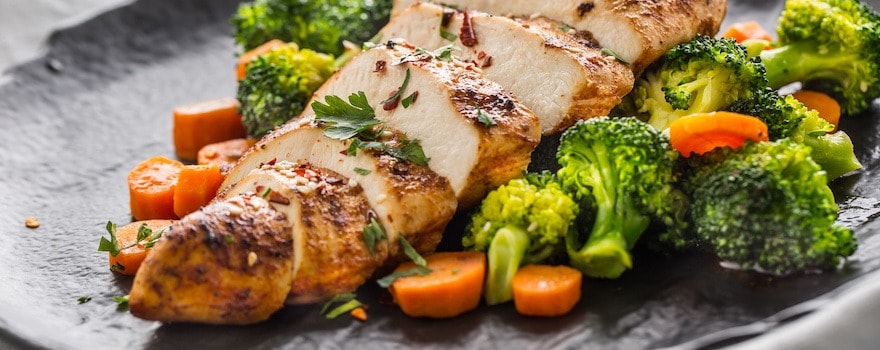
Meat contains animal proteins. The levels vary depending on the meat consumed. For example, beef contains approximately 30 g of protein per 100 g, while turkey ham contains 9 g/100 g. Therefore, one must consider the caloric intake to create balanced meals.
It is preferable to consume red meat in moderation, as it is rich in saturated fats, and its production is harmful to the environment. Favor lean meat, such as chicken breasts, turkey cutlets, or chicken ham.
Be mindful of cooking methods as well! Oven cooking does not require fats. When combined with a portion of varied vegetables and starches, meat forms the basis of substantial and balanced meals.
Fish
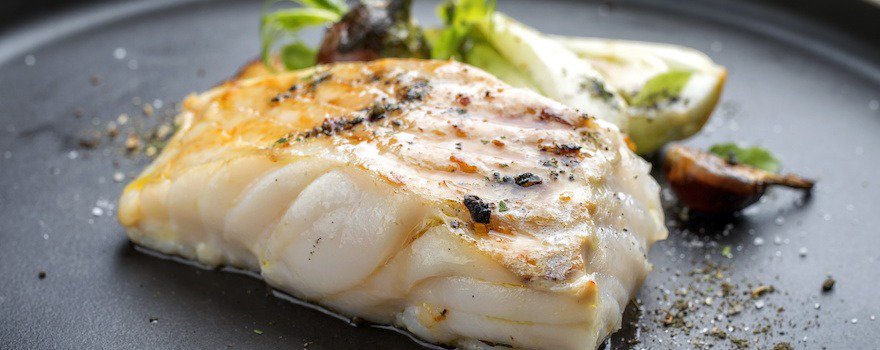
There are two types of fish: oily fish such as salmon, mackerel, sardines, or tuna, and white fish (cod, pollock…), which are less caloric than the former.
Eating fish is a good alternative to consuming meat. It is recommended to consume it twice a week at most.
Simply combine a portion of fish with green vegetables and starches – like whole grain pasta, to ensure a sufficient protein ration. Fish is delicious when cooked in foil, baked, or grilled on the barbecue.
Eggs
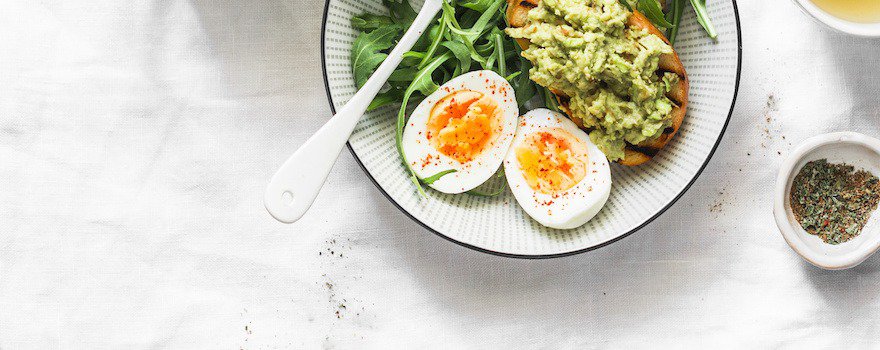
We are used to finding eggs among foods rich in essential nutrients. However, they are particularly renowned for their protein content (approximately 12 g/100 g). In fact, athletes consume them in significant quantities.
Omelets, soft-boiled, scrambled, fried… Eggs can be prepared in many ways. Cheese, cream, herbs, or vegetables can be added. It is advisable not to eat more than 5 eggs per week, as egg yolks contain cholesterol.
Dairy products
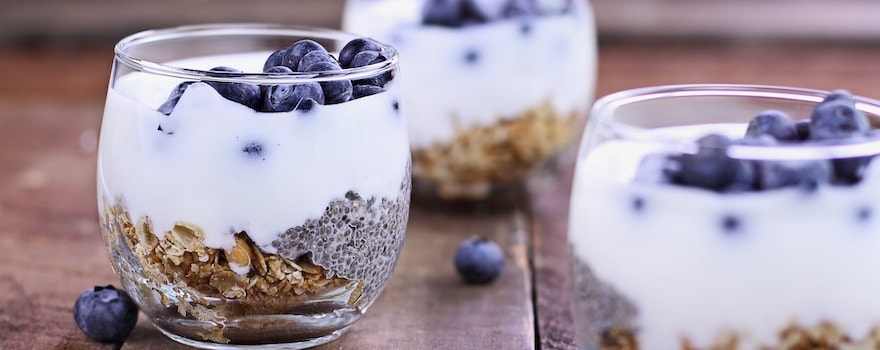
Dairy products include milk, yogurts, as well as cheeses, cream, or butter. Their variety allows for regular consumption, keeping an eye on calories ingested. They are rich in proteins, calcium, and various nutrients. Their protein content ranges from 9 g/100 g (milk), to 3-4 g/100 g (yogurts), and can go up to 20-30 g/100 g (cheeses).
While some prefer having a large bowl of milk in the morning with buttered toast or rusks, others prefer eating yogurts or reserving a piece of cheese for the end of lunch or dinner.
Drinking a glass of milk before sleeping promotes sleep and ensures protein intake. Dairy products are also perfect for a snack around 4-5 p.m.
Seafood and shellfish
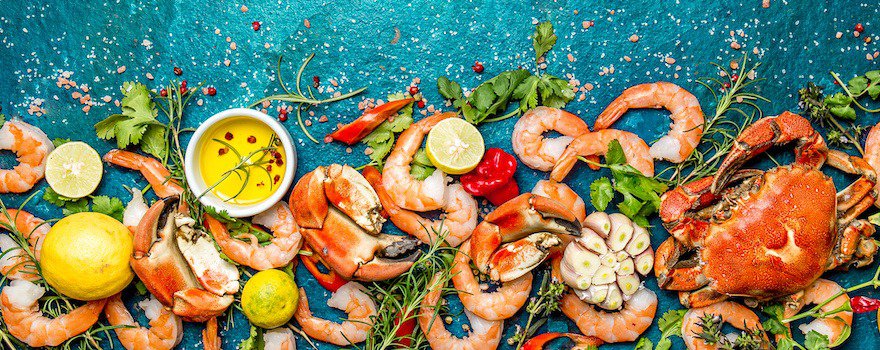
Seafood and shellfish like crab, whelks, scallops, mussels, or lobster are sources of animal proteins. They also contain trace elements such as iodine, zinc, copper, or selenium. Low in calories, they are an interesting alternative to meat consumption.
Seafood and shellfish can be used to make starters: shrimp or crab avocado, scallop pastries, lobster à l’armoricaine. They can also accompany dishes like pasta (with mussels or scallops).
It is important to know that it is preferable to avoid consuming too much animal protein as it leads to the production of organic waste harmful to the body (uric acid or urea). These substances are eliminated through urination.
Excessive consumption of animal proteins increases kidney workload. Therefore, ensure animal protein intake accounts for 50% to 70% of your consumption, while plant proteins should make up between 30% and 50% of daily intake.
Top 5 Foods Rich in Plant Proteins
To offset animal protein intake and avoid overconsumption, which is harmful to the body and the environment, it is important to vary your intake by consuming plant proteins. Here is our top 5 list of foods containing them!
READ ALSO Plant Proteins: Our Comparison
Spirulina
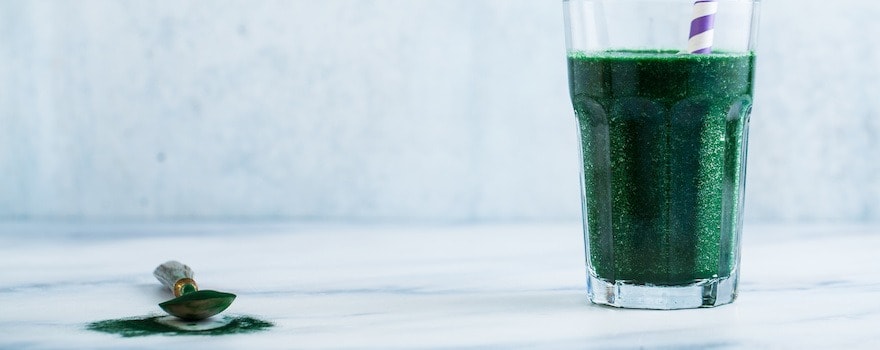
This cyanobacterium is an excellent source of plant proteins. It contains 65 g of protein per 100 g. It is used in developing countries as a meat substitute to combat deficiencies.
Spirulina is a superfood available in pharmacies and drugstores in the form of powder, flakes, capsules, or tablets. Powder and flakes are the preferred forms for making various recipes. It can be used to create healthy smoothies, desserts, pasta dishes, or other recipes.
Pumpkin Seeds
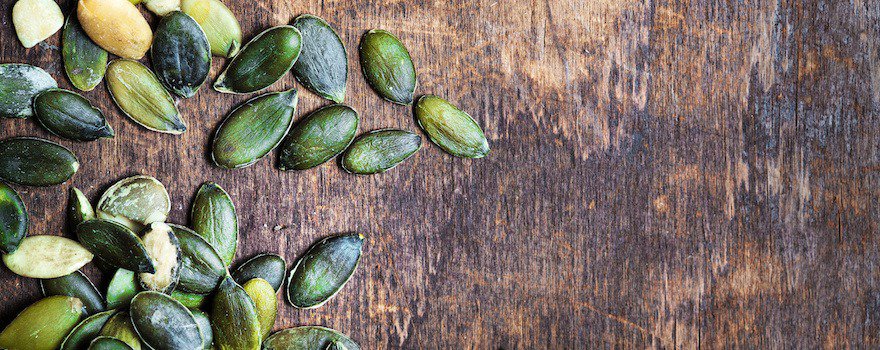
The protein content of pumpkin seeds is 25 g per 100 g. They ensure significant protein intake.
Pumpkin seeds can be consumed roasted or raw. They can be eaten as a snack (like dried fruits) or incorporated into mixed salads, for example.
Soy

Soy is a protein-rich food (content: 36 g per 100 g). A source of essential fatty acids, it also contains more iron than an equal weight portion of beef.
Soy sprouts are favored ingredients in cooking. They are generally used to complement salads. However, soy can also be consumed as plant-based milk or in desserts made with plant-based milk.
Note: Tofu is a soy by-product. It allows vegetarians to compensate for the lack of animal protein caused by removing meat from their diet.
Quinoa
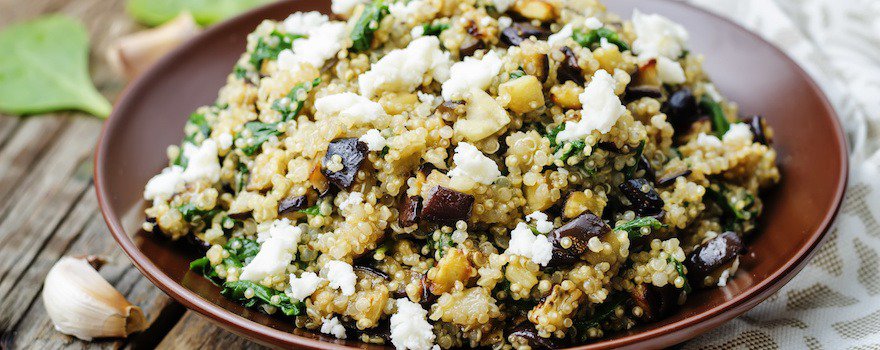
Quinoa has a high content of plant proteins: 14 g per 100 g. It has very interesting nutritional qualities (providing iron, minerals, fibers, and essential amino acids).
Quinoa seeds are cooked in water. They are used to make many savory and healthy dishes. They are consumed in salads or serve as carbohydrate portions during meals, accompanied by meats or fish.
Legumes
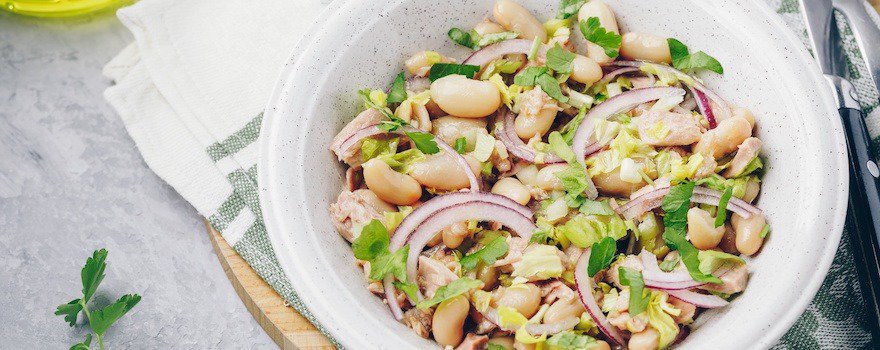
Legumes or pulses (lentils, white beans, red beans) are vegetables rich in plant proteins, carbohydrates, and starch. They complement foods containing animal proteins to create varied meals. They contain 7 to 9 g/100 g of protein (after cooking).
Typically, pulses require a long preparation time. Due to their protein and carbohydrate content, one must be mindful of the portions added to the plate to avoid consuming too many energy nutrients.
A note on protein diets, recommended for weight loss programs.
They involve favoring foods containing proteins and limiting those rich in carbohydrates and lipids.
However, their effectiveness has not been truly proven, and such diets can lead to deficiencies. Consult a nutritionist before starting a weight loss regimen.
Symptoms of Protein Overdose
People in Western countries tend to consume too much protein. An overdose is therefore possible (high-protein diets). Although this phenomenon remains rare.
An overdose of proteins causes:
- Gastrointestinal issues
- Increased risk of osteoporosis
- Increased risk of kidney stones


